The Value or Weight Measurement Insect Using The biovolume Approach
Prologue
In this post I raise an issue about insects known as ORDO DIPTERA. the researchers made a lot of observations in the field about the ORDO DIPTERA.

Estimation and analysis
An example of an analysis of secondary productivity estimates. This is not an absolute question of the type of approach used. However, the approach used is oriented towards accurate measurement of the density and size structure of the existing population.
Population size-structure refers to the density of individuals within different size classes of a population. For the purpose of estimating production, breaking down a population into size classes is essential for applying methods used in estimating growth and the loss of individuals over time due to mortality, as well as providing a convenient way for estimating biomass. Size classes can be defined arbitrarily on the basis of body length or head-capsule width, or they can be based on criteria such as instar or developmental indicators. Total biomass for all group sizes is population biomass (Benke & Huryn 2007). Population Size:Secondary Production of Macroinvertebrates- source
Thus, we determine the biomass by calculating the pattern of biomass per class interval. so get the value or weight measurement using the biovolume approach. So that we can assume the size of the larva's body.
So that it can be calculated using the formula:
Biomass = π x Wt x Wt2. Where: π = 3.14, Lt = total length. Wt = total width. Soil Survey Field and Laboratory Methods Manual - Natural - source. PDF
The non-cohort technique can be done in two ways, namely: Method of Frequency Measurement, which is calculated by using the Hynes & Coleman formula (1968) which has been modified by Benke & Huryn. Deliverable 008 - GLOBAQUA source-PDF
In accordance with the explanation above, we can analyze secondary productivity by choosing the non-Cohort approach, this has strong reasons because it has an effect on the larval population factor, where we do not know how the development pattern is in its life cycle. This is adjusted to a cohort in the field data.
Reference:
. Population Size:Secondary Production of Macroinvertebrates- source
. Soil Survey Field and Laboratory Methods Manual - Natural - source. PDF
. Deliverable 008 - GLOBAQUA source-PDF
<<<<-----MACROPHOTOGRAPHY----->>>>
FOR MORE CLEAR BLESSING WITH THE PHOTO CAN BE SEEN BELOW AND I HOPE YOU LIKE IT
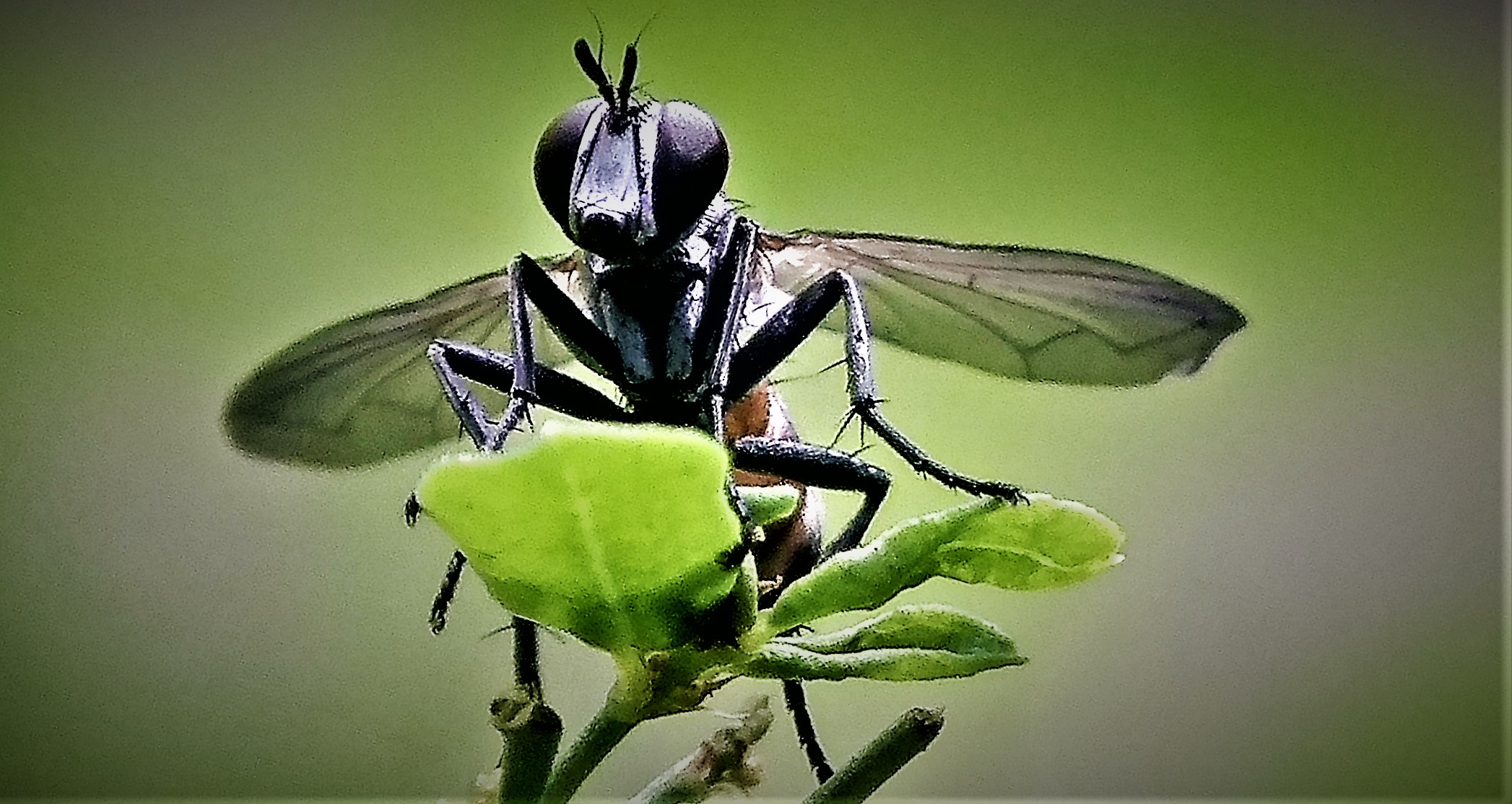
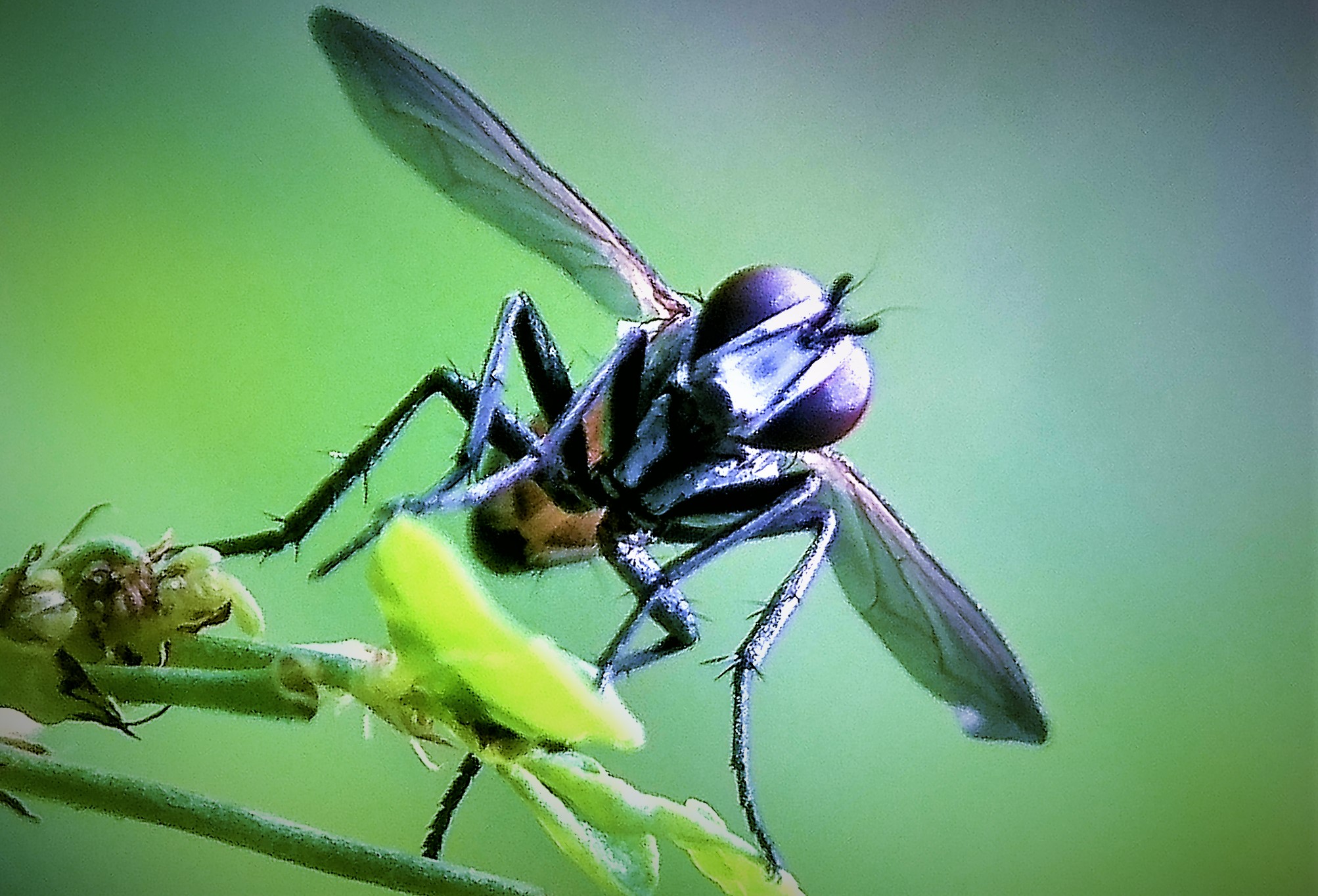

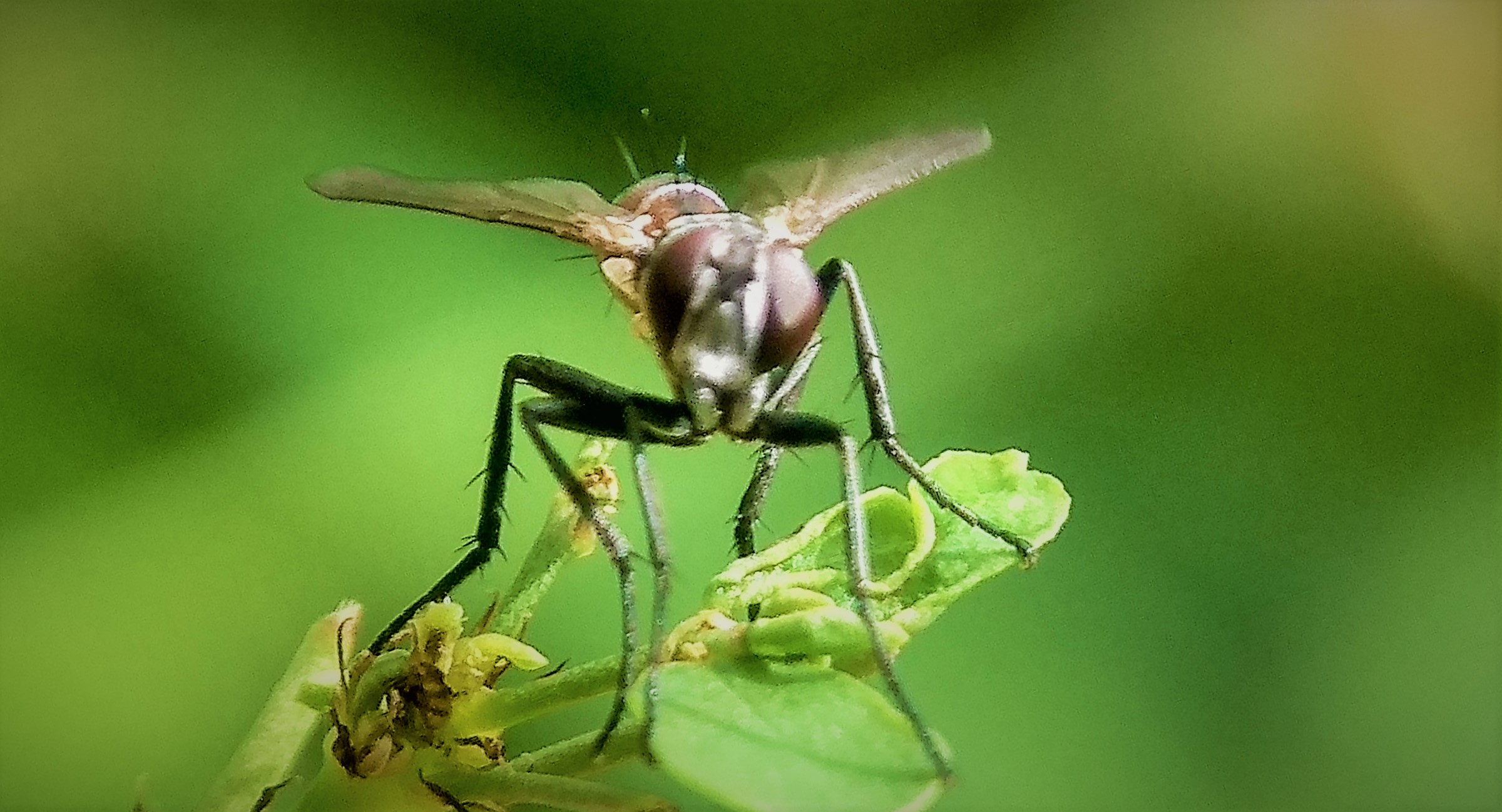
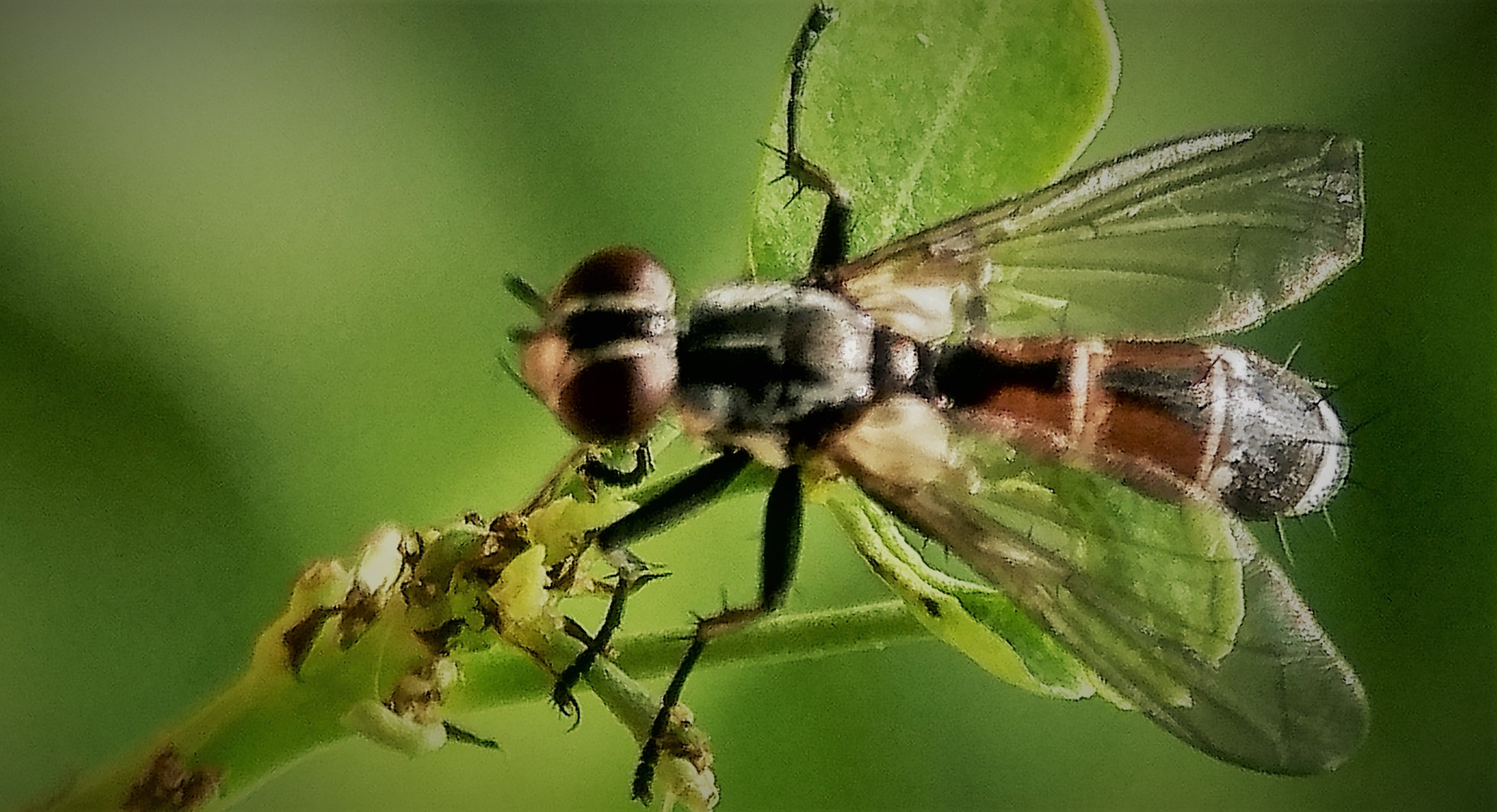
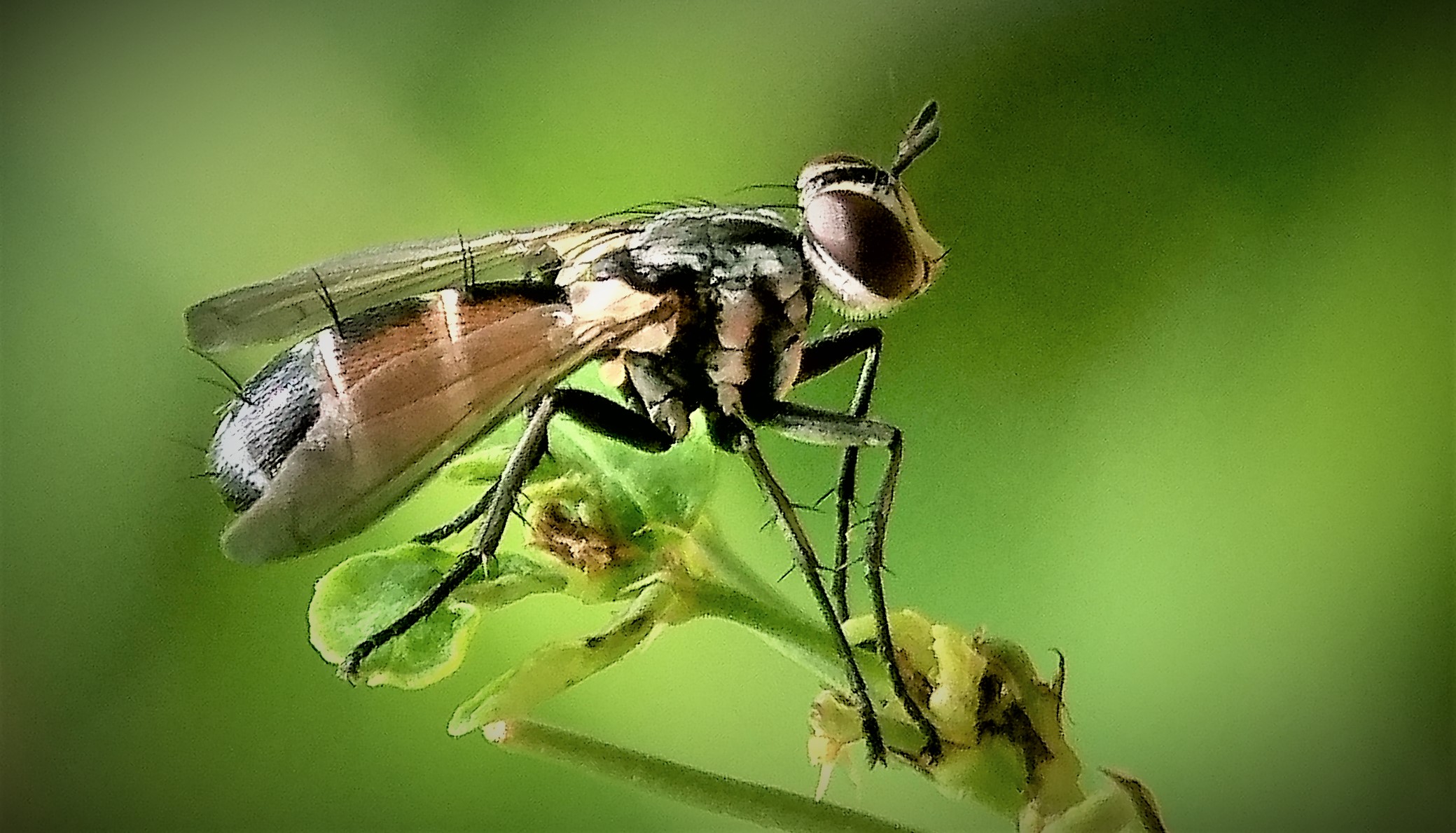
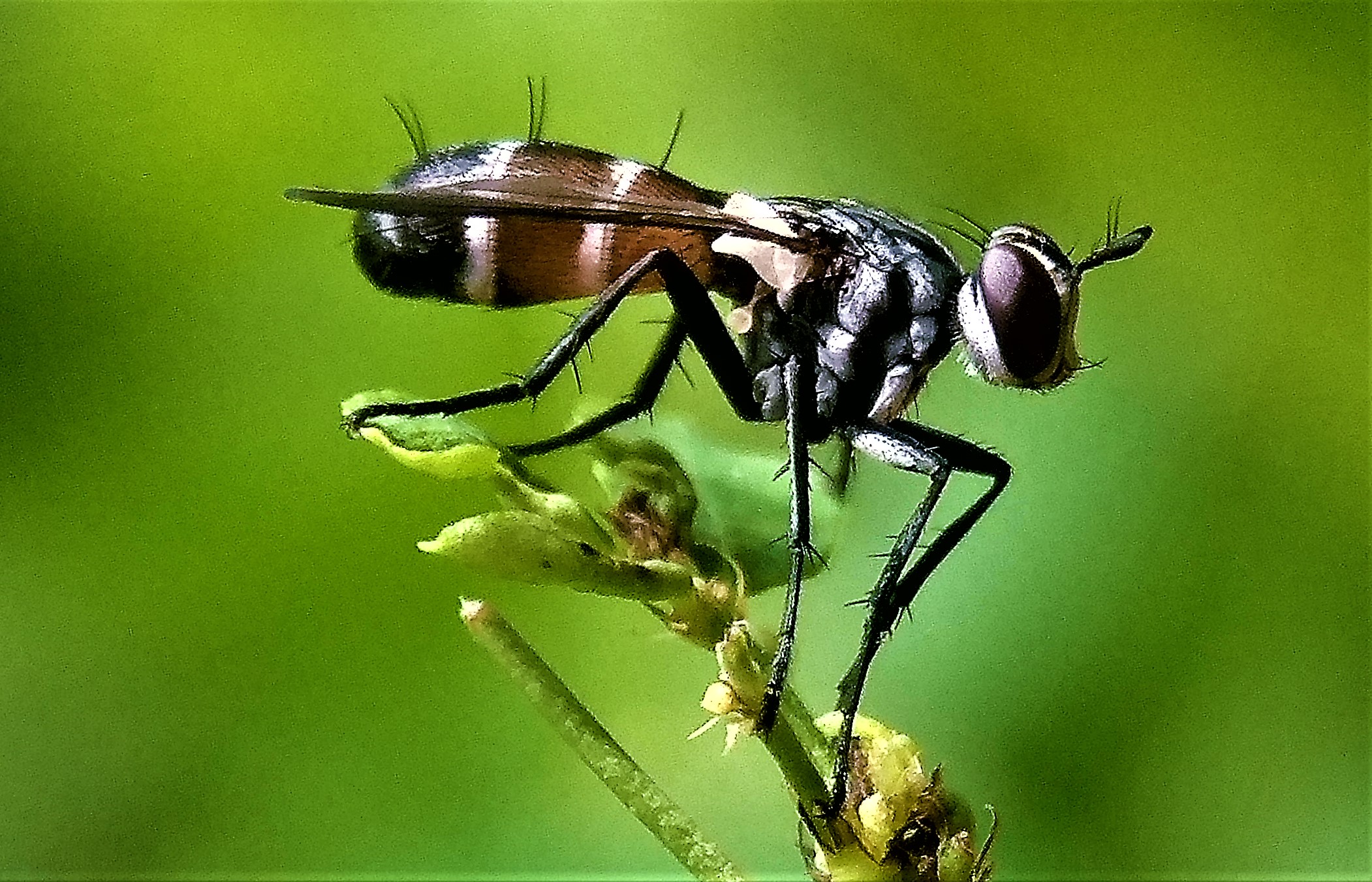

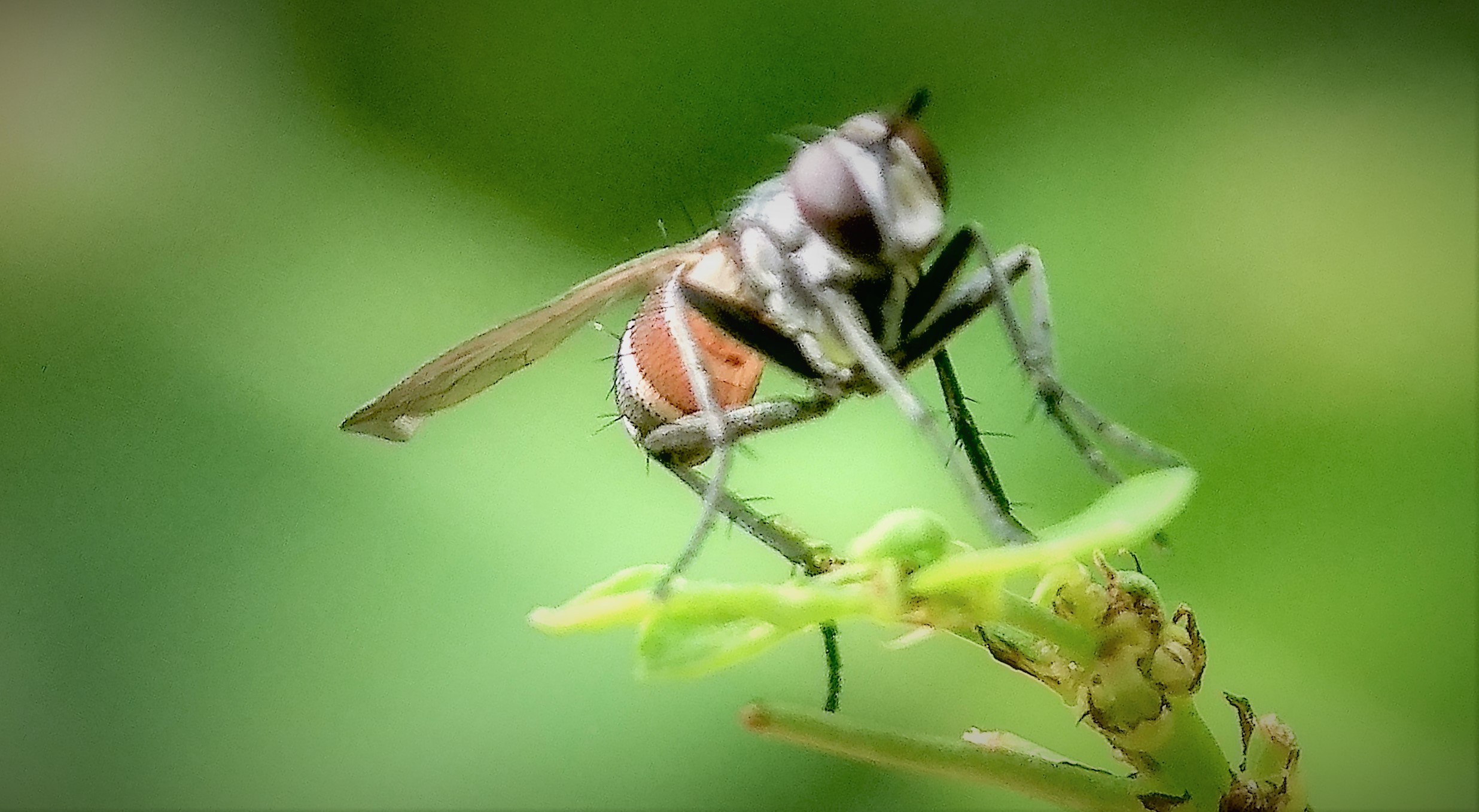
<<<<-------------0000------------->>>>
<<<<-----0000----->>>>
INFO CAMERA
| Photos | : Taken By @sward |
|---|---|
| Smartphone Camera | : Redmi Note 4 Adding Macro Lens |
| Metering Mode | : Spot |
| Editing Process | : Windows Photos Editor 10.0.1 |
| Category Photo | : Insects Photography |
| Location | : Lhokseumawe, Aceh-Indonesia |
